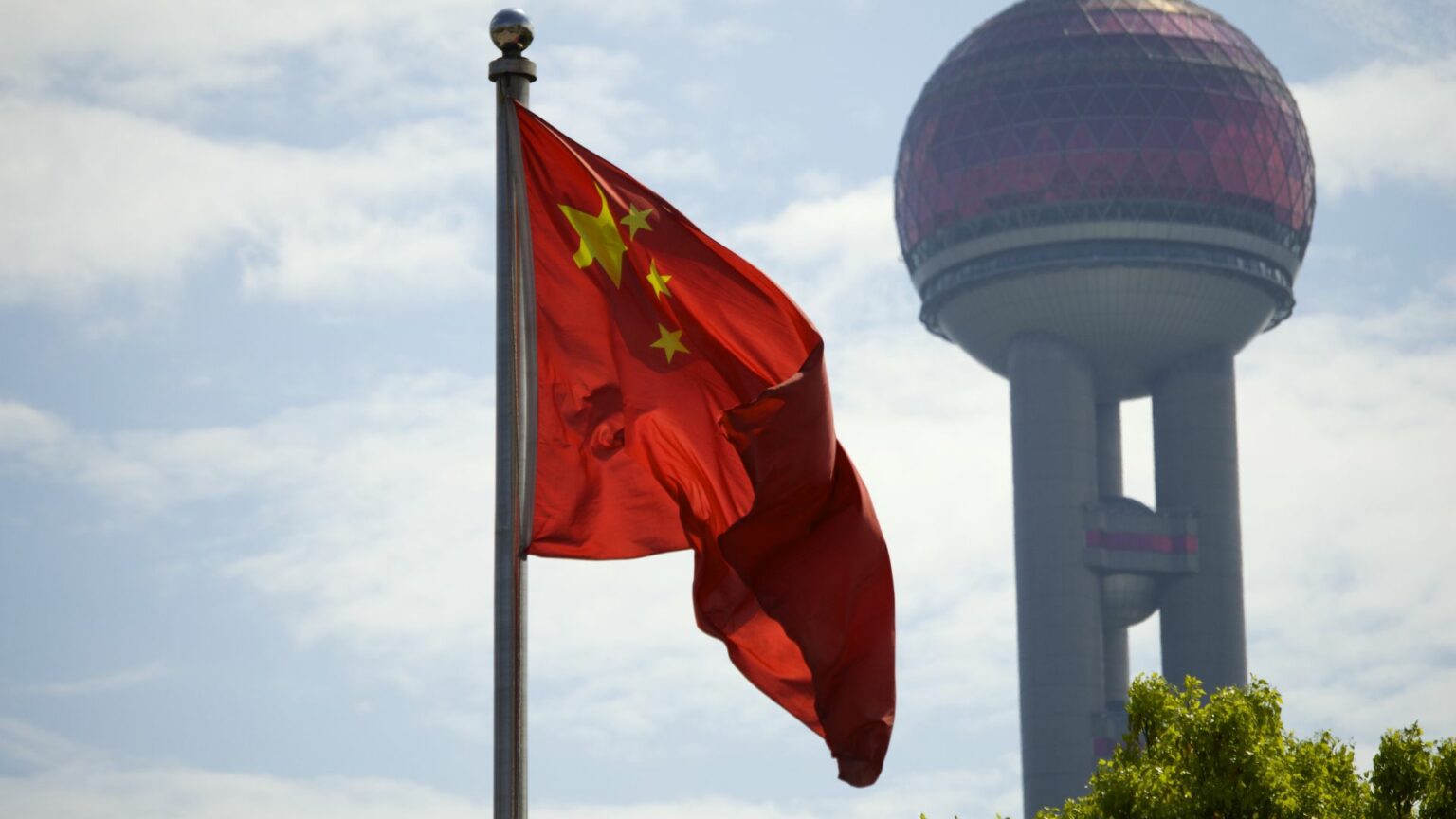China’s ambitious Kuqa project, hailed as the world’s largest green hydrogen facility, might not be living up to its green and gargantuan billing. While its potential to slash carbon emissions is undeniable, technical hiccups and production delays threaten to cast a shadow on this pioneering attempt at clean energy dominance.
Promising Premise, Stalled Progress
Sinopec, China’s state-owned energy giant, inaugurated Kuqa in August 2023, touting its 260-megawatt capacity and aspirations to produce 20,000 tonnes of green hydrogen annually. This clean fuel, generated using renewable energy sources like solar and wind, promised to replace fossil fuels in a nearby oil refinery and eliminate the equivalent of 485,000 tons of CO2 emissions per year.
However, despite the fanfare, Kuqa isn’t firing on all cylinders. Reports indicate the project is operating at less than a third of its intended capacity, a significant underperformance raising concerns about the project’s viability and its impact on the global green hydrogen surge.
Technical Roadblocks, Global Repercussions
BloombergNEF, a leading energy research firm, estimates global green hydrogen production to skyrocket from a mere 0.1 million tonnes in 2023 to 51.2 million tonnes by 2030. Kuqa’s struggles, therefore, throw a wrench into this optimistic forecast. The project’s issues, primarily centered around its Chinese-made alkaline electrolyzers, cast doubt on the reliability and efficiency of this crucial hydrogen production technology.
According to Hydrogen Insight, an independent investigation has revealed various technical issues plaguing Kuqa’s electrolyzers, hindering their ability to safely produce hydrogen at full capacity. These problems, shared across units supplied by three different manufacturers, raise questions about the quality and suitability of Chinese-made electrolyzer technology for large-scale green hydrogen projects.
Beyond Technical Snags: Broader Implications
Kuqa’s challenges transcend production hiccups. Its struggles could deter potential investors and dampen enthusiasm for green hydrogen projects worldwide. Moreover, it highlights the need for robust quality control measures and technology advancement within the nascent green hydrogen industry to ensure reliable and efficient production at scale.
China’s Green Ambitions on Trial
Kuqa’s performance is being closely scrutinized not just for its impact on global hydrogen ambitions but also for its implications on China’s role in the green energy transition. China has positioned itself as a leader in green technology development and adoption, with ambitious targets for renewable energy deployment and emissions reduction. Kuqa’s struggles, however, could raise questions about the efficiency and feasibility of China’s clean energy plans.
Looking Ahead: Green Hydrogen’s Bumpy Road to Brilliance
While Kuqa’s woes are a setback, they shouldn’t derail the momentum behind green hydrogen’s rise. These challenges serve as valuable lessons, informing technological advancements and highlighting the need for stricter quality control standards. The global green hydrogen revolution is still in its early stages, and with continued research, development, and investment, Kuqa’s stumbles can be overcome.
China, with its vast resources and technological prowess, can still play a pivotal role in leading the world towards a cleaner future. Addressing the technical issues plaguing Kuqa and ensuring the efficiency and reliability of its green hydrogen production technology will be crucial in restoring its position as a green energy pioneer and paving the way for a truly sustainable future.





